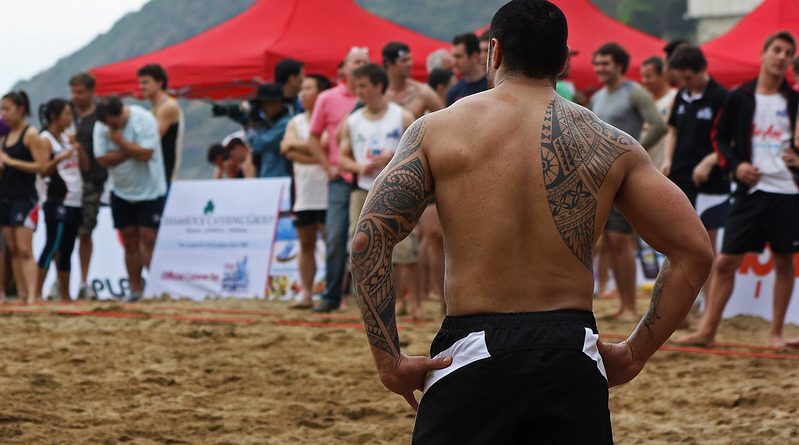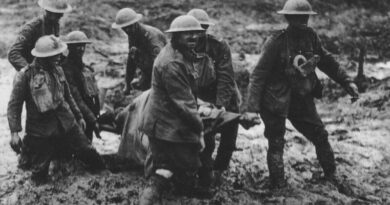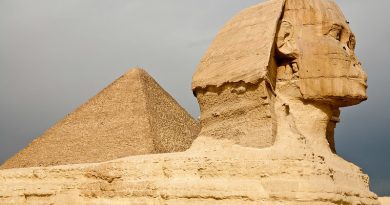Polynesian Tattoos
The history of tattoos spans nearly 2,000 years, but the word ‘tattoo’ only made it into the Western consciousness through the logbooks of one of Captain James Cook’s fellow explorers: Joseph Banks.
The botanist aboard the “HMS Endeavour”, wrote about the wondrous body tattoos he saw on the native population when they had reached French-Polynesia: “I shall now mention the way they mark themselves indelibly, each of them is so marked by their humor or disposition”. In Samoan, the word tattoo is called ‘tatau’ and in Tahitian, ‘tatu’. In 1771, when James Cook returned to Tahiti and New Zealand from his first Voyage, the word “tattoo” appeared in Europe for the first time. Cook narrated a behavior of Polynesians in his voyage, which is called “tattaw” and later brought a Tahitian named Ma’i to Europe – since then tattoo started to become rapidly famous because of the tattoos of Ma’i.
Joseph Banks had observed that the Polynesian way of marking their bodies was actually a unique way to deliver information about themselves. Indeed, in Polynesian culture, tattooing is an ancient method of grasping spiritual power, protection and strength, and the Polynesian people believed that one’s ‘mana’ (spirit) is displayed through their tattoo. In ancient times, almost everyone had a tattoo, and it was used to indicate position and levels of hierarchy within the strict ‘kapu’ system of the tribes.
Tattoo masters were crucial members of the tribe, as they possessed the skills and knowledge of symbols and motifs, combining them to create meaningful works of art for each person. Polynesian tattoo art is unique on all the islands that are associated with ‘Polynesia’, which includes a large group of 1,000 islands, scattered over the central and southern Pacific with New Zealand, Hawaii and Easter Island as its corner. Sea creatures are very common Polynesian symbols, like mantas, sharks, and turtles. The original, ancient styles consist mainly of some simple patterns, like straight lines, repeating on the body; today, the more popular style is rounded patterns, which originates from Marquesas Island.
Although many years passed, tools and techniques of Polynesian tattooing have changed little. For a strictly traditional design, the skill gets handed from father to son, or master to disciple. Each tattoo artist, or ‘tufuga’, learned the craft over many years of serving as his master’s apprentice. They vertically passed their knowledge and rarely spread it widely because of its sacred nature. Often they were trained shamans too. The act of tattooing was and is a sacred ceremony in Polynesian culture, and a great deal of thought went into them. The tattoos and their position on the body were determined by one’s genealogy, societal rank and personal achievements. In the early days, before getting tattoed, persons needed to undergo a long period of cleansing and fasting, and once completed, their level of attraction with women would soar because of the tattoo. In short, tattooing was never just body art but highly important a Polynesian rite of passage.




